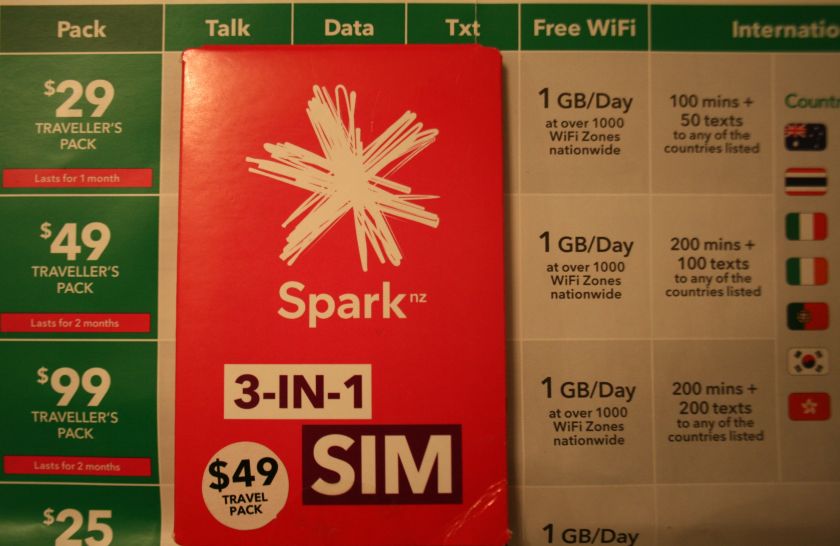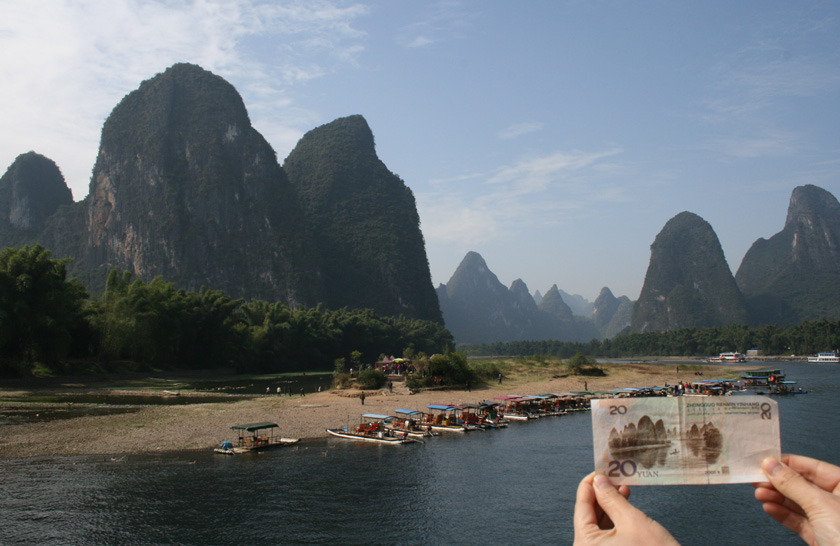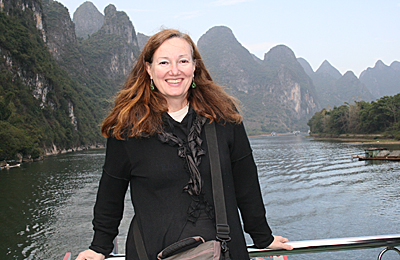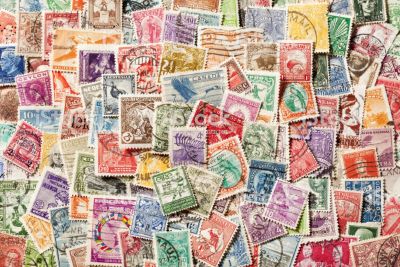
India was at one point offering visitors free SIM cards on arrival at Delhi’s International airport. Compared to pre-mobile days, global outlets offering digital connectivity are visible immediately in the arrivals areas of most International terminals.
This evolution of communication technology allows instant contact with family, friends or workplaces back home, as well as connectivity with local hotels and tour providers in the country one is visiting. Additionally, at a fraction of the cost from decades ago. Long gone are the days of being presented with a $ 100 phone bill at hotel check-out for short calls. One can communicate by words and or images by email, Blog, C:C trip review platforms, Facebook, Instagram, Bluesky, and text messaging. In Colombia, I did all this over a three-week period for $40, and my local mobile plan was not yet depleted. This will be handy for my next trips to England and Ireland just five weeks away. I will be gone for three months and the international rates from my home provider are not competitive for long-stays (most often short stays as well). After a recommendation from a family member, I am looking into Airalo, an eSIM app that can be used in 200+ countries for cost-effective communication.

@ Catherine Evans on the Li River, China
Despite savings and instant connectivity, I admit to being nostalgic for the pre-digital connection of yesteryear. In 1985 – 1986 I spent fifteen months travelling through the South Pacific and Asia. My options for calling home were limited by both budget and availability of International phone lines. However, open to myself and any other traveler was the option of having letters and post cards sent c/o any overseas American Express (AE) Office. My first overseas port of call was Papeete, Tahiti. There, I received the first collection of letters, and was able to write to anyone who might engage in further conversations. The joy of receiving mail in a new location is so uplifting. I remember grabbing the pile of letters and heading to a nearby café to read the correspondence. Even the most mundane of communication – weather – weekly activities of a routine na ture, were absorbed with interest and emotion. And then, of course, were the events out of the norm like new pregnancies in the family, or the graduation of a younger sibling that invoked a small twinge of guilt for being so far from home for so long. If I replied, or sent mail to others, the likelihood of receiving mail down the road was increased. I wrote about intriguing cultural rituals, of adventurous escapades and novel experiences that would find interest with the home audience. I could then forward the next AE address to my pen pals and use this endless chain of overseas AE offices along my route. You’ve got real mail happened for me in Auckland, Sydney, Cairns, Singapore, Jakarta, Bangkok and Hong Kong. I suspect that American Express knew there could be additional patronage of their products including credit cards, travellers’ cheques, travel insurance, and other journey-related services. I can't remember if I even had a credit card back then, and there certainly were no ATM's, but I did carry AE travellers’ cheques as this this was a widely accepted and safe form of liquid cash. According to Wikipedia, American Express has been a pioneer in assisting travelers since the late 1800’s (https://en.wikipedia.org/wiki/American_Express). In addition to letters of credit, the British government appointed American Express its official agent at the beginning of World War I to deliver letters, money and relief parcels to British prisoners of war in six countries with POW camps. With the infrastructure in place at the end of the war and the dawn of commercial aviation, they filled a need in agency, financial and mail services globally. The company still allows mail delivery to any of its offices but now only for current credit card holders.
ture, were absorbed with interest and emotion. And then, of course, were the events out of the norm like new pregnancies in the family, or the graduation of a younger sibling that invoked a small twinge of guilt for being so far from home for so long. If I replied, or sent mail to others, the likelihood of receiving mail down the road was increased. I wrote about intriguing cultural rituals, of adventurous escapades and novel experiences that would find interest with the home audience. I could then forward the next AE address to my pen pals and use this endless chain of overseas AE offices along my route. You’ve got real mail happened for me in Auckland, Sydney, Cairns, Singapore, Jakarta, Bangkok and Hong Kong. I suspect that American Express knew there could be additional patronage of their products including credit cards, travellers’ cheques, travel insurance, and other journey-related services. I can't remember if I even had a credit card back then, and there certainly were no ATM's, but I did carry AE travellers’ cheques as this this was a widely accepted and safe form of liquid cash. According to Wikipedia, American Express has been a pioneer in assisting travelers since the late 1800’s (https://en.wikipedia.org/wiki/American_Express). In addition to letters of credit, the British government appointed American Express its official agent at the beginning of World War I to deliver letters, money and relief parcels to British prisoners of war in six countries with POW camps. With the infrastructure in place at the end of the war and the dawn of commercial aviation, they filled a need in agency, financial and mail services globally. The company still allows mail delivery to any of its offices but now only for current credit card holders.

There is something special about receiving mail, even today – complete with a colourful stamp and a postmark heralding the origin of the letter. So, two takeaways.
Stay connected while you travel in the ways that work for you.
And, despite the immediacy and convenience of new communication technologies, be sure to remember the specialness of a personal letter in one’s mailbox.
